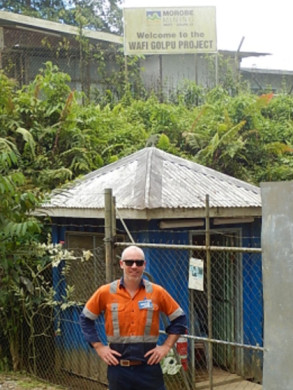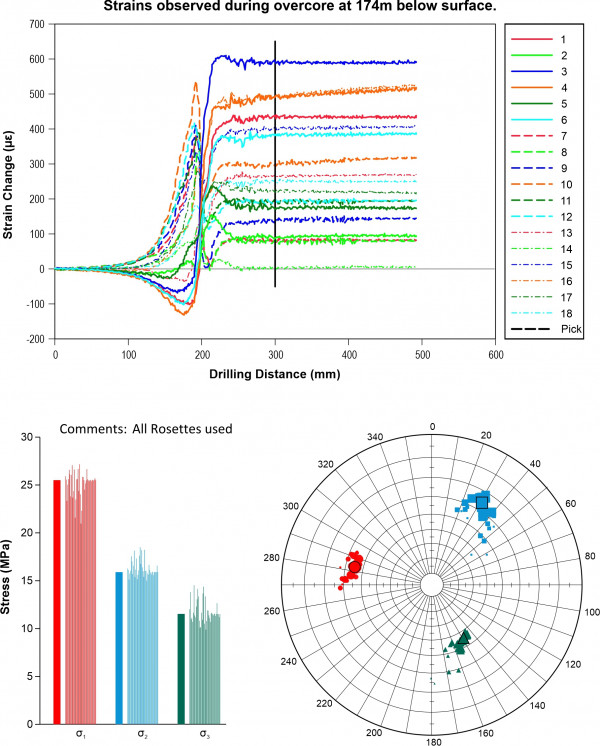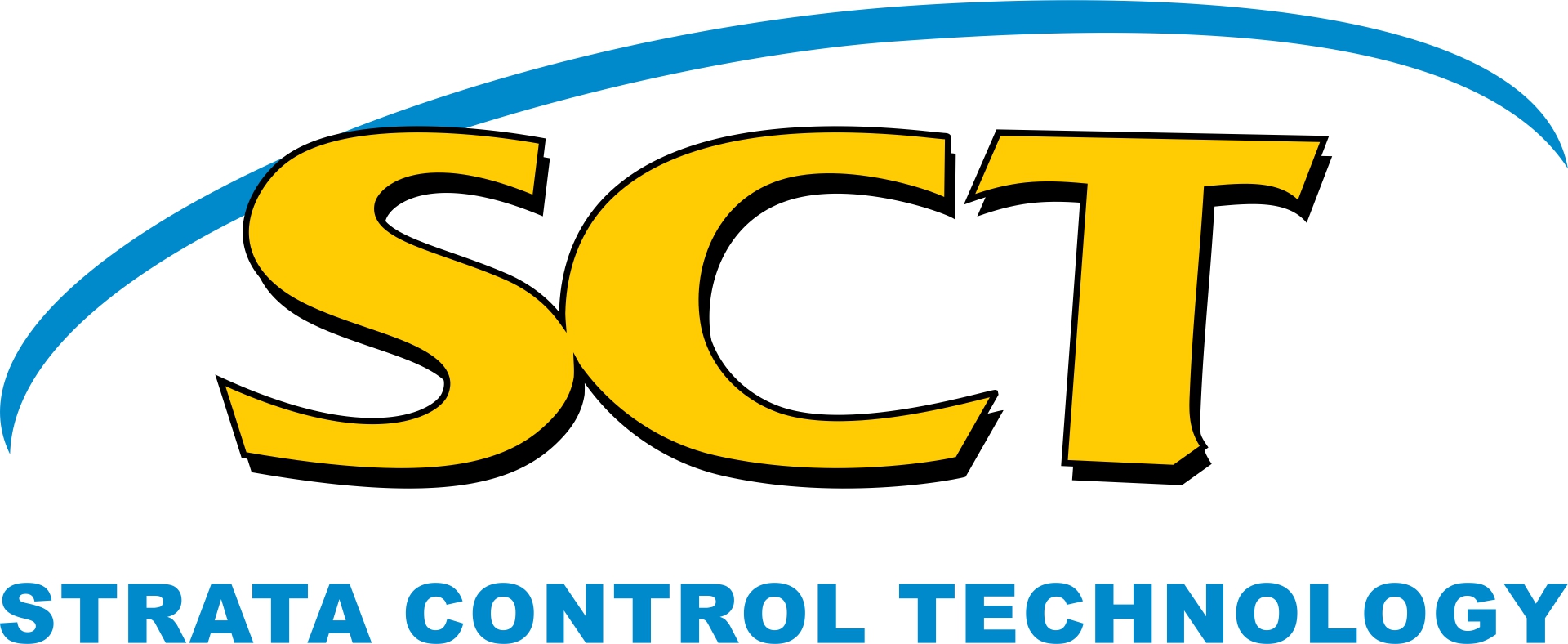SCT conducts overcore measurements and stress change monitoring for the mining, civil and nuclear industries. SCT uses the ANZI strain cell for these measurements because of the instrument’s operational advantages and high density of strain measurements allow high confidence, three-dimensional in situ stresses to be determined during exploration. An ongoing focus on this technology over 40 years has SCT well placed as an international leader in overcoring technique and understanding the complexities of in situ rock behaviour.
In recent years, SCT has developed the capability to conduct overcore measurements in deep exploration boreholes.
Click here to learn how the ANZI strain cell is deployed and overcored in deep exploration boreholes.
ANZI Strain Cell Animation
 The development in 2016 of a downhole logging system allows high confidence measurements to be obtained in only a few hours at depths from surface to greater than 1000m. The wireline-deployed drilling system used to prepare the borehole for overcoring eliminates the need to trip drill rods. The integrated data logger captures strain readings on all gauges, water pressures and temperature every three seconds throughout the testing. This high quality data set gives insight into the mechanical properties of the rock and its interactions with drilling processes that was not previously possible.
The development in 2016 of a downhole logging system allows high confidence measurements to be obtained in only a few hours at depths from surface to greater than 1000m. The wireline-deployed drilling system used to prepare the borehole for overcoring eliminates the need to trip drill rods. The integrated data logger captures strain readings on all gauges, water pressures and temperature every three seconds throughout the testing. This high quality data set gives insight into the mechanical properties of the rock and its interactions with drilling processes that was not previously possible.
SCT has several versions of the ANZI strain cell suitable for different applications depending on borehole depth, borehole inclination and rock type. Routine overcoring from underground excavations uses a double cell arrangement that provides overcore measurement results for geotechnical engineers and designers of underground structures in Australia and around the world. Smaller diameter versions of the instrument are used for measurements in surface exploration boreholes and for near surface measurements where access may be limited or there are special site requirements.
Confidence in overcore measurements is fundamentally important. The ANZI strain cell provides multiple quantitative and qualitative measures of confidence in each result. The ANZI strain cell uses 18 electrical resistance strain gauges in various orientations bonded directly to the rock surface of a pilot hole to measure the relaxation that occurs when the in situ stresses are relieved to zero by overcoring. With only six independent strain measurements required to calculate the full three dimensional in situ stress tensor, the ANZI strain cell provides a high level of redundancy.
The ANZI strain cell is also deployed to measure stress changes over time. In this application, a bespoke data logging system is connected at the borehole collar. The ANZI strain cell is used to monitor stress changes from the surface and underground. Installations are used to monitor chain pillar abutment loading, horizontal stress redistribution about longwall panels in coal mines, and overburden behaviour during goaf formation. More recently, installations of ANZI strain cells have been used for stress change monitoring of high value surface infrastructure proximal to mining areas including bridges, dams and sensitive geological structures such as waterfalls, cliffs and river beds.

